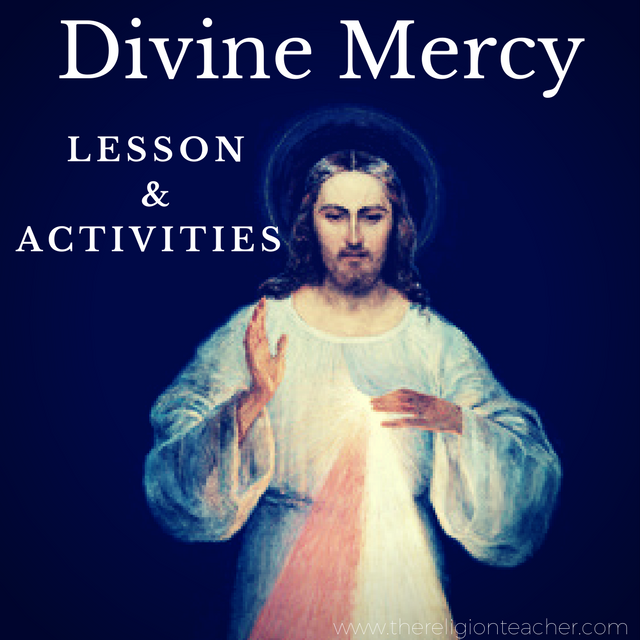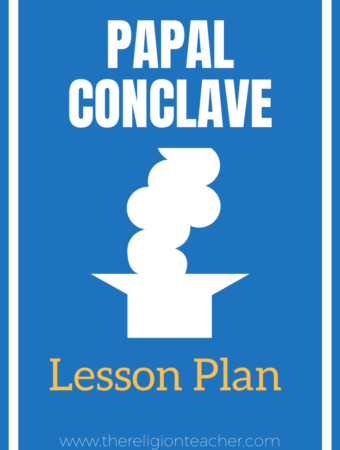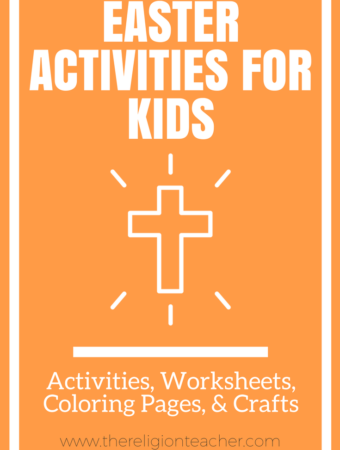You never know when they are going to come in handy. Now I am not a big fan of needlessly saved stuff. I don’t have boxes of worksheets and handouts lying around our house. I do, however, have a record of all of my planning from year to year on my computer and on CDs. Most importantly, I use them.
Periodic Review of Old Lesson Plans
Next year you will probably be going in a whole new direction with your curriculum. It is always nice to be able to mix things up and think creatively. Use that creativity to plan your units first, then reference old lesson plans and files to see where your previous work fits in. Not everything will be good and you’re likely to laugh at yourself for attempting some lessons. But over time, as veteran teachers will say, you will get into some effective habits of teaching certain topics based on what works. Just keep in mind that every year, every class is different.
Try setting a reminder on your calendar now to review old lessons early next year and at the end of the first semester. These are nice times to review and evaluate past approaches in order to inspire you to do better moving forward.
To My Surprise
In preparation for a recent webinar are presented on “Teaching Theology with Technology,” I took some time to look over saved lesson plans and notes. It was a great experience. I had forgotten some of the very creative activities, approaches, and lessons that I came up with years ago. It was definitely a boost in confidence to see how thoughtful I was back then. It was also great to think back about some of the kids I taught, many of whom have just graduated or are now in college.
An Organization System
As this year comes to a close, here are some suggestions on what to do with your stuff:
1) Save your lesson plans on your computer and burn them to a CD to save physical space.
2) For each physical piece of paper, ask yourself, what will I DO with this? If you can’t think of an action to go along with the paper or it is just nostalgic, then toss it. Don’t be the guy in the picture.
3) If you have a digital copy of something, then pitch the paper copy. It is easier to find and print on a computer than searching your classroom or house and then making copies.
4) If you only have papers, then place them in a three-ring binder in this order: unit plan/lesson plan, lesson handouts, worksheets, study guide, test, and performance assessment. This is much better than trying to organize and review files in a filing cabinet.
5) Scan or take pictures of student projects or sample activities that you would like to show future classes and that you may be able to use to create relevant rubrics.
6) Scan or save affirming letters and notes from students and parents in a “rainy day” file to reference and boost your confidence on bad teaching days.




I wish I had lesson plans to keep. I am just completing my second year as a middle school teacher and have realized that I really don't have a good grasp as to what I need to put into a lesson plan for middle school religion.
To date I have relied on simply following the teacher manual. Don't get me wrong, I realize this is not adequate, I just don't know what how to structure my lesson plans or how much detail to put in them.
Is anyone out there willing to share their strategies for creating lesson plans for catholic school religion teachers??
Anonymous,
First, please know that IT'S OK! Teaching is a journey and you don't have to be an expert right from the start. As someone who develops teacher manuals, I can assure you that there is nothing wrong with following them as long as you are tailoring the lessons and activities specifically to your students' needs.
This website or some of the blogs and sites I suggest in the Resources section are great places to start looking for strategies and lesson plans.
You can start by checking out my post on "How to Lesson Plan in Religion and Catechesis": http://thereligionteacher.blogspot.com/2009/09/how-to-lesson-plan-in-religion-and.html. It will take you through three questions in the lesson planning process. From there, you can find additional posts and tips to help fill in the blanks.
Believe the Lesson Plan Gospel from The Religion Teacher! A lesson plan can often be the difference between Catechists Heaven and Hell. I also follow his advice by keeping a Catechism folder on my computer and a cheap thumbdrive.
I keep all my odd papers in my lesson plan binder until the next time I teach that lesson. If the extra stuff looks useful the second time around, I'll keep it. If not, that's when I throw it out.
Here's a post I made about my lesson planning, complete with small images of my binder that you can click on for fullsize ones.
http://platytera.blogspot.com/2009/12/preparation-h.html
I keep my old lesson plans on my computer and on a CD. I also have them on paper stored in 3 binders (OT, NT, and Mass) to take out and bring to class.
My craft supplies and activities are getting out of control. Do you have any ideas on how to store them? I keep my file folders and patterns for the crafts in a little file folder box, but hubby says my craft supplies and samples are taking up too much room in the closet. 🙂 My students like seeing a real sample of the craft so I only kept a few copies of necessary ones. Still, crafts supplies get out of control especially when you have to collect objects to make some of the crafts.
I completely agree with coming up with a system to organize all of my school supplies. I need to toss my boxes and start organizing things.
What about storing them in a collaborative environment so you can help other teachers and you can generate new ideas from other teachers?
I think storing your plans is very important, but the key is keeping them organized so it doesn’t become a big mess. I just started using a naming convention for all the materials I have generated. If only I had that when I started dumping them all on my hard drive 🙂